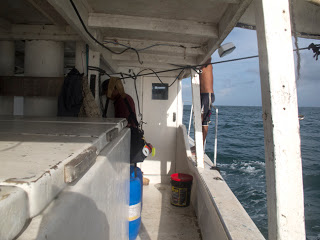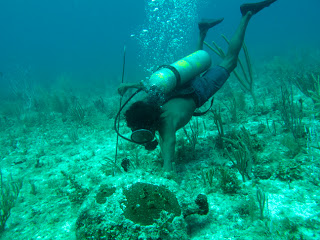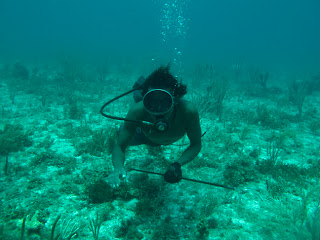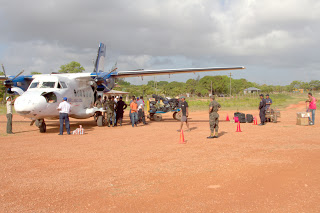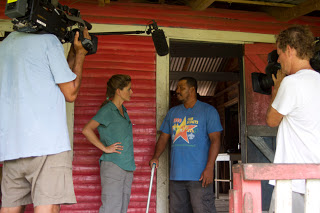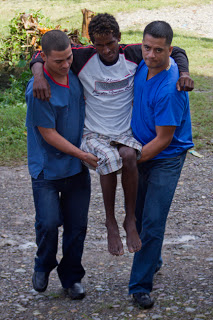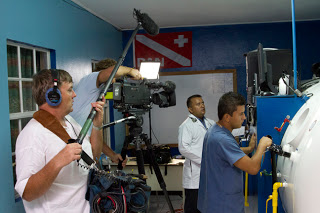I’ve always been a sucker for live music.
 |
| Jean Hanna Davis and Stan Bumgardner at the Boulevard Tavern. |
If I get it all down on paper, it’s no longer inside of me,
Threatening the life it belongs to
And I feel like I’m naked in front of the crowd
Cause these words are my diary, screaming out loud
And I know that you’ll use them, however you want to”

